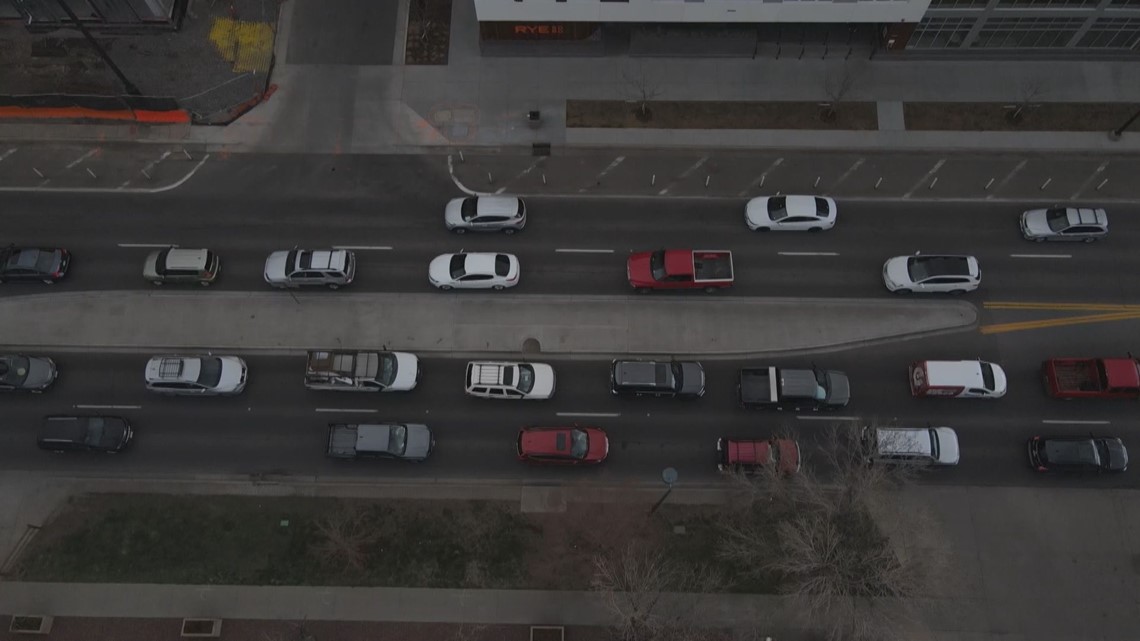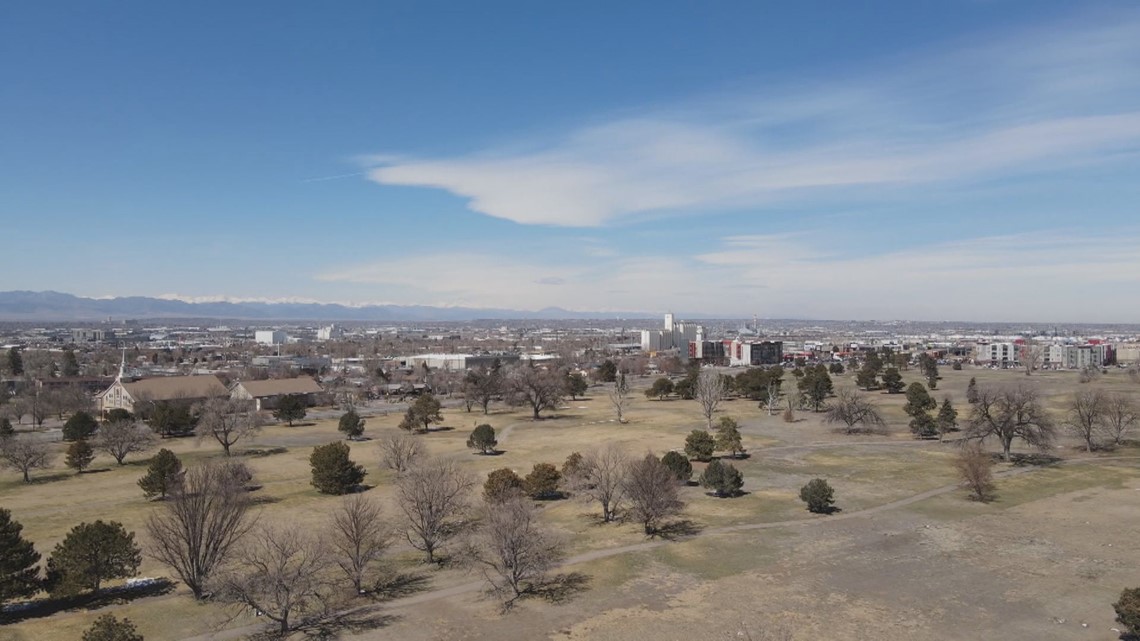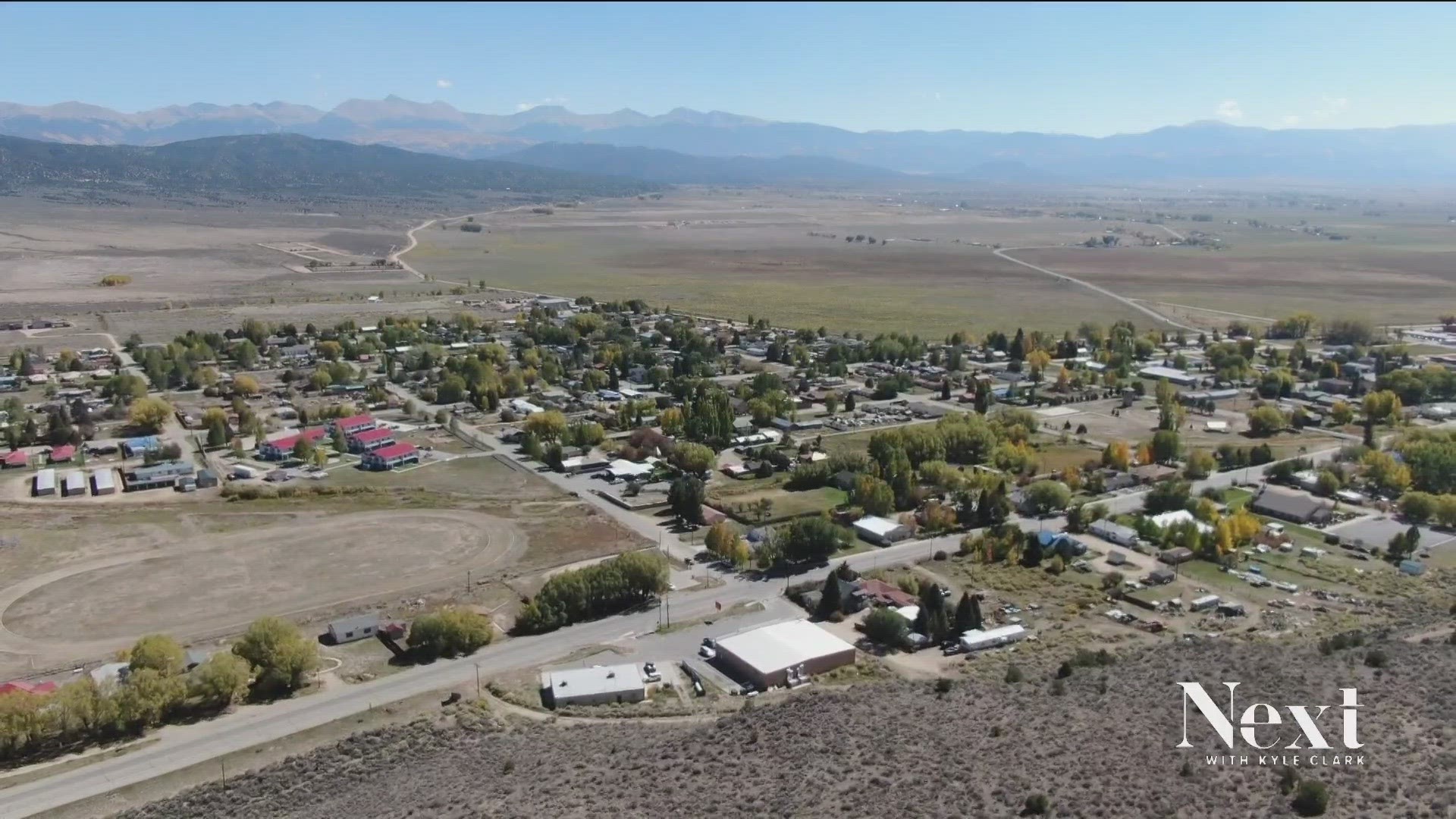DENVER — Last week, state Democrats and Governor Jared Polis voiced their support for a bill that would grant the state more control over what housing goes where in Colorado.
In part, SB 23-213 prevents the state's largest cities from limiting construction of housing like duplexes and lets more housing be built near transportation.
The rules around what the bill would restrict however, depends on population and housing needs.
The plan itself separates these factors and what's allowed into sections.
Tier 1 for example, are municipalities in a Metropolitan Planning Organization (MPO) with a population greater than one million, or with a population less than 1 million, and with a municipal population greater than 25,000, among other qualifications.
Cities like Denver, Aurora and Boulder fall into Tier 1.
Among other requirements, municipalities would allow the construction of multi-family homes near public transportation centers, or "fixed-rail transit stations" as worded in the bill's text.
It's something that environmental advocacy organization, Conservation Colorado, is particularly in support of.
"Transportation is the number one source of greenhouse gas pollution," said Jessica Goad, the Vice President of Programs at Conservation Colorado. "And so people driving because they can't afford to live where they want to live increases pollution and it increases congestion."


Tier 2 are all other municipalities that are in an MPO with a municipal population of at least 5,000 and less than 25,000, and in a county with greater than 250,000 population, which include places like Berthoud or Fort Lupton.
They would carry a few of the same restrictions as Tier 1, and would also be prohibited from restricting construction of accessory dwelling units (ADUs).
The third section is listed as Rural Resort Job Centers, which include several of Colorado's ski towns like Silverthorne, Steamboat Springs and Crested Butte. The state says it would be municipalities that are outside MPOs, have a minimum of 1,000 in population, a minimum of 1,200 jobs, and have current regional transit service with at least 20 trips per day, among other things.
Here, a county or municipality within a "rural resort region" would participate in a regional housing needs planning process.
Municipalities with a population bigger than 5,000 would include places like Alamosa, and are the only group not required to submit a housing needs plan.
"Municipalities largely have the same goals as the proponents," said Kevin Bommer, the Executive Director of the Colorado Municipal League. "We just don't start with preemption. We'd rather start with partnership."
He believes that the bill takes too much power away from local governments, and opposes it.
"In the nine months preceding the legislative session, we could have been talking how all of the municipalities and counties could have been working together with the state in partnership towards common goals," he said.


A study recently published by the Urban Institute looks at zoning reform across the country.
"We find that reforms that loosen restrictions are associated with a statistically significant 0.8 percent increase in housing supply within three to nine years of reform passage, accounting for new and existing stock," the report reads in part. "This increase occurs predominantly for units at the higher end of the rent price distribution."
Meanwhile, a statewide poll from Healthier Colorado found that 80% of those polled agreed that homeowners should "have the right to build a variety of homes on their land, including an apartment for an aging parent or a home for an adult child with a disability."
More stories from Next with Kyle Clark
SUGGESTED VIDEOS: Next with Kyle Clark

